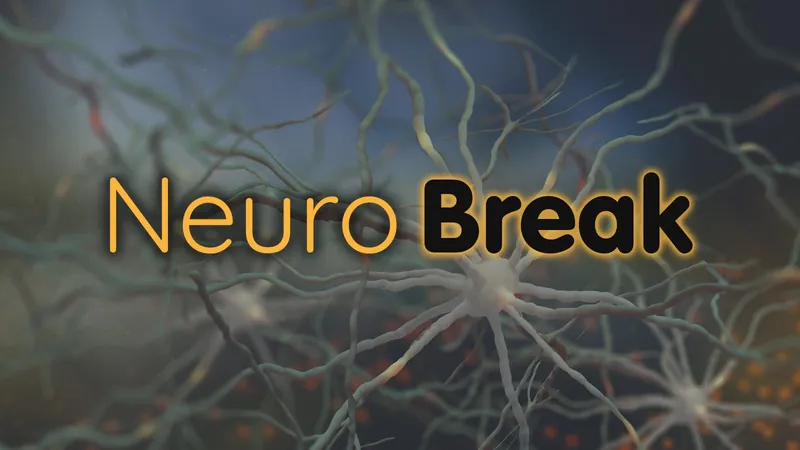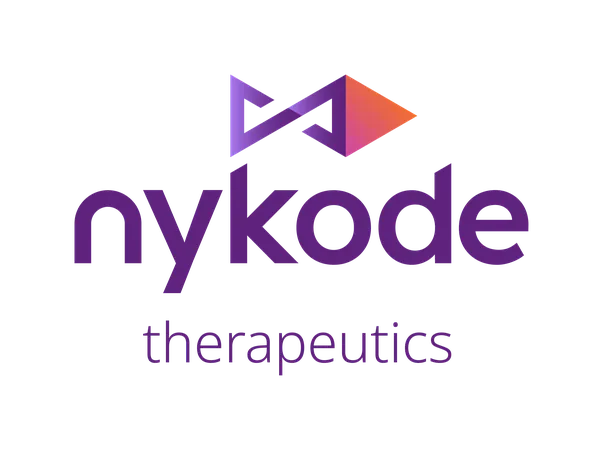
Breakthroughs in Neurology: Galantamine's Promise for Alzheimer's, The "Fork Sign" MRI Method, and Social Media's Role in Education
2024-11-12
Author: Wei Ling
New evidence suggests that Galantamine, a medication traditionally used for treating Alzheimer's dementia, has shown promise in slowing cognitive decline, functional ability, and behavioral deterioration over a six-month period in patients with Alzheimer's. However, researchers indicate that there is currently no supporting evidence for its effectiveness in individuals with mild cognitive impairment, as highlighted in the Cochrane Database of Systematic Reviews.
In an exciting development for radiology, researchers have identified the "fork sign" as a pivotal marker in identifying structures in the central sulcus region on sagittal MRI images. This method can accurately pinpoint the motor hand area, enhancing our ability to understand and visualize brain anatomy, as detailed in a recent study published in Brain Communications.
Further explorations into neurostimulation have emerged from a small study indicating that transcranial direct current stimulation might offer benefits for some patients with Parkinson's disease. However, the study also raised concerns about potential risks for others, a finding discussed extensively in the journal npj Parkinson's Disease.
In the realm of amyotrophic lateral sclerosis (ALS), researchers have identified eight alternative and off-label treatments that target various underlying mechanisms of the disease. These insights were shared in the Annals of Neurology, offering hope for patients seeking new avenues for treatment.
Despite advances in understanding dementia, stigma surrounding the disease continues to be a significant barrier. Editors from Lancet Neurology emphasize the importance of addressing this pervasive issue to improve the lives of those affected.
Significantly, research published in JAMA Network Open links accelerated brain atrophy to the progression from normal cognition to mild cognitive impairment, which underscores the need for early intervention and more comprehensive monitoring of cognitive health.
A critical question remains in the field of emergency neurology: How can clinicians effectively manage comatose patients who exhibit epileptiform abnormalities following cardiac arrest? This challenging scenario was explored in JAMA Neurology, highlighting the complexities faced by medical professionals in acute settings.
On a lighter note, researchers propose that social media platforms like Instagram could be powerful tools for enhancing education in neurology and neuroscience. The potential of these platforms to facilitate knowledge sharing and community engagement in the medical space was discussed in Neurology: Education, pushing for a reevaluation of traditional educational models.
Lastly, the neurology community is currently observing Berislav Zlokovic, MD, PhD, a well-known Alzheimer's and stroke researcher at the University of Southern California. Zlokovic is on an indefinite leave of absence due to potential misconduct allegations, raising questions about governance and ethics in medical research, as reported by Science.
As the neurology landscape continues to evolve, these developments serve as a reminder of the urgency and importance of ongoing research, education, and advocacy in the field of neuroscience. The melody of hope, challenge, and innovation plays on as we seek to understand and mitigate the impacts of neurological disorders on society.





 Brasil (PT)
Brasil (PT)
 Canada (EN)
Canada (EN)
 Chile (ES)
Chile (ES)
 España (ES)
España (ES)
 France (FR)
France (FR)
 Hong Kong (EN)
Hong Kong (EN)
 Italia (IT)
Italia (IT)
 日本 (JA)
日本 (JA)
 Magyarország (HU)
Magyarország (HU)
 Norge (NO)
Norge (NO)
 Polska (PL)
Polska (PL)
 Schweiz (DE)
Schweiz (DE)
 Singapore (EN)
Singapore (EN)
 Sverige (SV)
Sverige (SV)
 Suomi (FI)
Suomi (FI)
 Türkiye (TR)
Türkiye (TR)